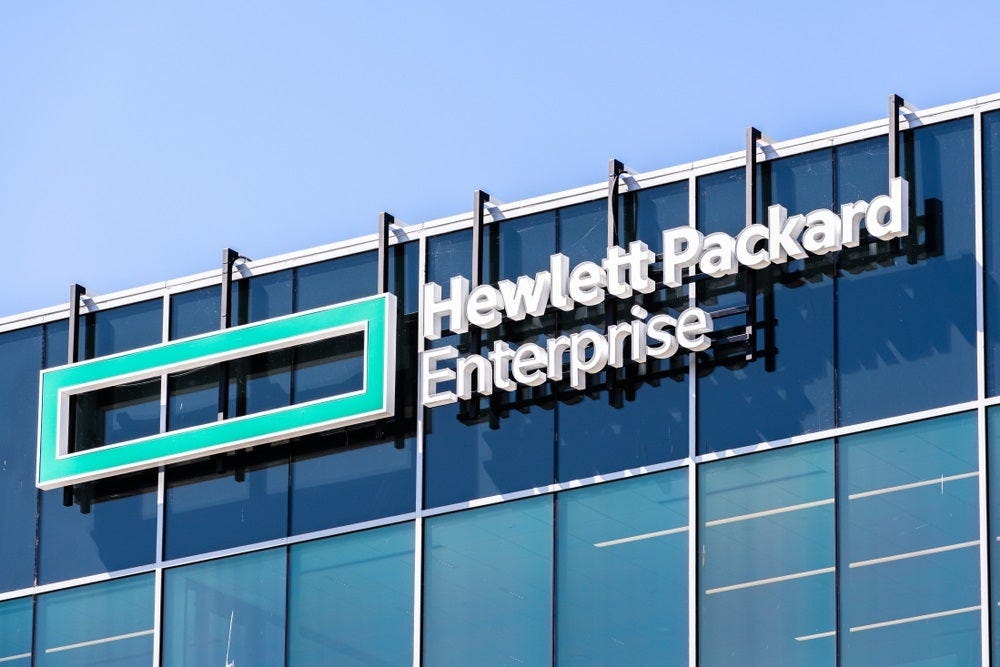Changelog: Quantum computing is coming to the data centre
Also: office restrictions on generative AI and cybersecurity woes aplenty.
A quantum leap for server racks?
If there’s one thing you need to know about quantum computing, it’s this: you can never have enough logical qubits. The problem lies in finding them in the first place. These building blocks of quantum computing — think of a much more complicated version of the bits and bytes in a normal classical computer — are devilishly difficult to create, measure and harness in states where they are genuinely useful. In other words, a quantum computer might boast 100 qubits but only 10 are actually “logical” (read: “worth bothering with”), the rest collapsing into a blizzard of interference, or “noise.”
Scientists are slowly pushing up the ceiling of logical qubits within individual quantum computers. But while they’re doing that, companies in the space have hit upon an interim solution to their qubit woes: why not simply network the quantum computers you already have and scale the available number of logical qubits that way? That, at least, is the idea behind Nu Quantum’s collaboration with Cisco, announced this morning. Funded by a prize contract from the UK government, Project Lyra will see the production of specialised quantum networking units (QNUs) capable of knitting together various quantum computers into a single computing environment. In time, they hope, this will lead to the creation of quantum data centres, finally springing these mysterious, humming entities out of the lab and into the cloud. Read more in this exclusive article about Project Lyra here.
Unearthing the MOAB

Last week was a big week for cybersecurity anxiety. First came the MOAB, better known as the “Mother of all Breaches” (not, as many of you wrote in, the ancient Levantine kingdom in southern Jordan.) Discovered by the fine men and women of Cybernews, the MOAB consists of 12 terabytes of data assembled from platforms including LinkedIn, X (forever formerly Twitter), Adobe and many others. Cybersecurity researchers have no idea who assembled this formidable treasure trove but, given most of it appears to be culled from old breaches, the smart money is on a data broker keen to flog innocent people’s names, email addresses and bank details onto the highest bidder.
Markets and regulation
Text of EU AI Act leaked amid debate over the timeline for final approval
SAP restructuring inspired by AI potential says CEO, as 8,000 roles are eliminated
Intel share price sinks after publishing anaemic 2024 forecast
HPE hacked

The hacking of Hewlett Packard Enterprise, however, came too late for our mysterious middleman. On Thursday, the software firm confessed to the SEC in a Form 8-K filing that its email servers had been breached by the Russian cybercrime gang APT29. Better known as “Cozy Bear” or “Midnight Blizzard,” the outfit is closely linked to the Russian intelligence services. Its hack of HPE came days after Microsoft announced a similar breach, accompanied by a public promise to tighten up its email security protocols for its senior executives.
More cybersecurity news
Bans, plans and stans for generative AI in new workplace survey
More Cisco-related news, as a new survey released by the firm unearthed a somewhat hypocritical attitude toward generative AI among IT bods. First of all, outright bans of gen AI in the office seem to be more common than previously assumed, with 27% of the privacy and security professionals surveyed stating that such prohibitions had been instituted at their place of work. Then, the kicker: in those places where it was permissible (albeit mostly with restrictions), respondents revealed they were well aware of the privacy concerns swirling around gen AI, but that almost 48% had entered information about their firms into ChatGPT-like platforms that “could be problematic.” Read more about the survey here.
Partner Content
Insurers can enhance customer experience and competitive edge with generative AI - Tech Monitor
The security challenges of digitalising the energy grid - Tech Monitor
Achieving the right balance with hybrid cloud - Tech Monitor
How do we restore trust in the public sector? - The New Statesman
How XMA streamlined IT support with ManageEngine - Tech Monitor







